Seeing the next generation doing well gives us hope for the future, and this goes for plants as much as people. This is particularly true when the plants in question are threatened. So it was a mixture of pride and excitement that the Scottish Plant Recovery team experienced when recently planted wych elm seeds began germinating in June 2023. Big hopes are riding on these tiny seedlings. They are not your average wych elms and could mark the beginning of a recovery from decades of loss for one of Scotland’s most majestic native trees.
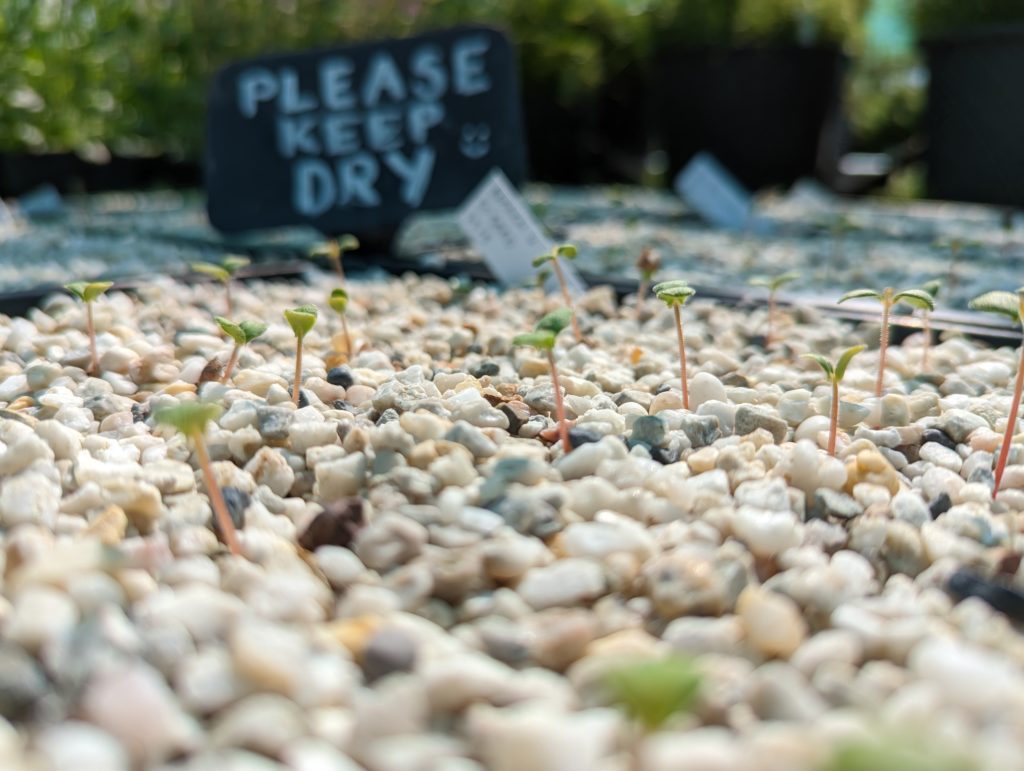
What has been so encouraging to see in the elm pollination work is the speed of results, we only pollinated the trees a matter of weeks ago and we already have hundreds of seedlings
Emma Beckinsale, leading woody species propagation on the Scottish Plant recovery project
Wych elm has been threatened by Dutch elm disease since the pathogen arrived in Scotland in the 1970s. However, as a species, it has been overlooked by the plant conservation community until now. The reason for this is that although nearly every mature tree is lost when the disease takes hold there tends to be good seedling recruitment that maintains numbers and distribution of the species. This lulled people into a false sense of security that all would be well and that elms would just bounce back.
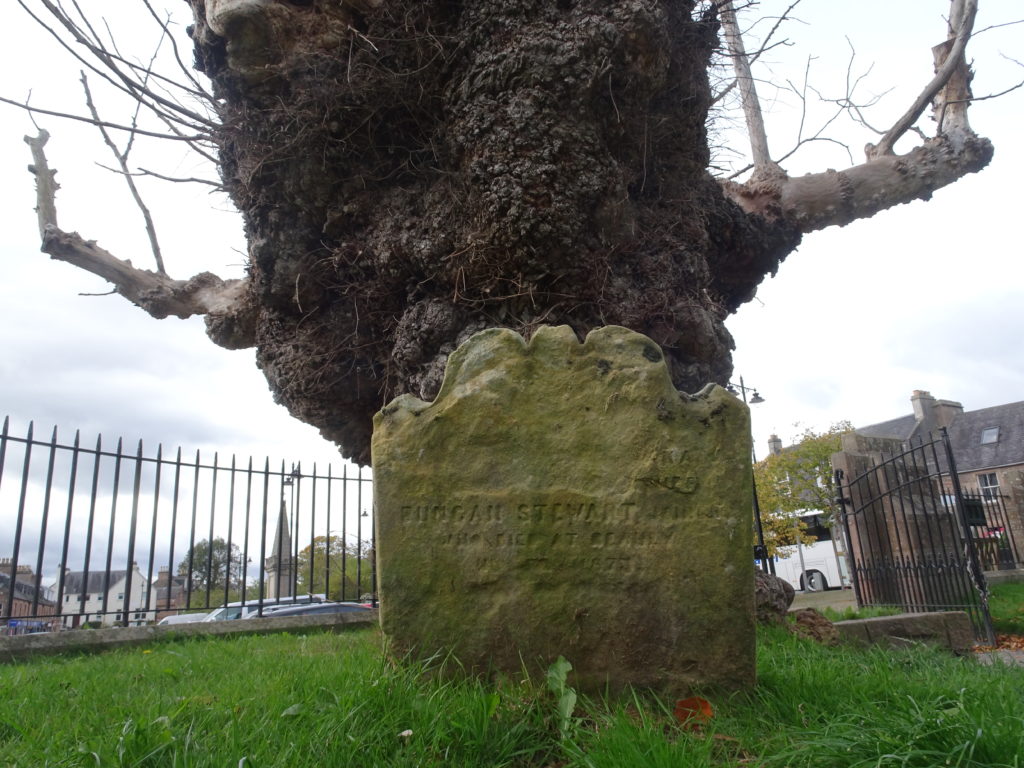
However, with time it has become clear that this new generation of elms is just as vulnerable to disease. The offspring seem to have inherited whatever traits made their parents susceptible to disease. After about 15 years growth they get targeted by elm bark beetles that spread fungal spores from infected trees to healthy individuals by feeding on the bark of young twigs.
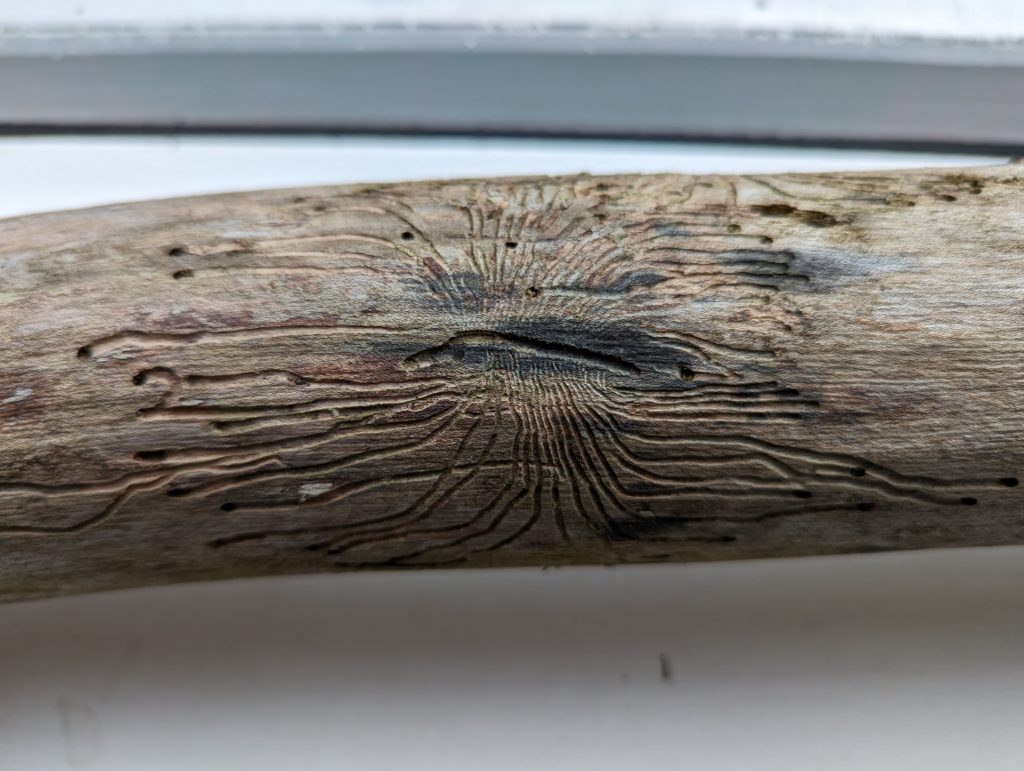
But a ray of hope exists in the form of rare surviving trees in areas where the disease has run unchecked by control measures, such as sanitation felling. It seems that a tiny fraction of the original population, maybe as little as one in 100 trees, has some sort of edge that either means they can fight the disease, or avoid becoming infected by being unattractive to the beetles.
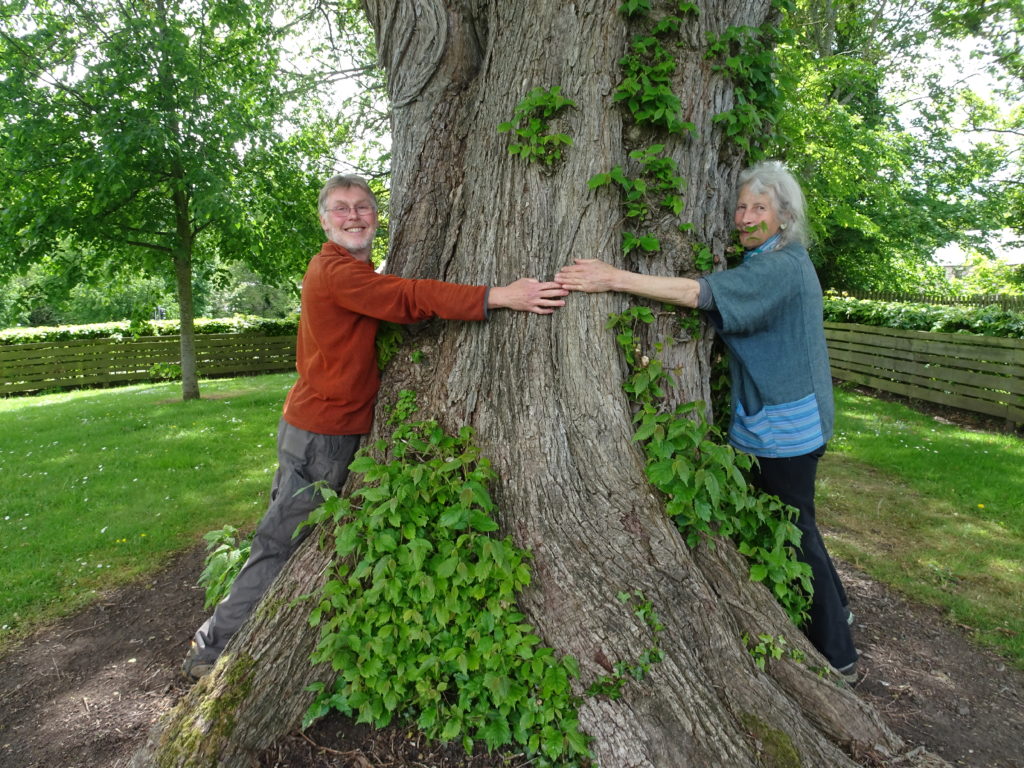
This is why the Scottish Plant Recovery project has stepped in to try and initiate a recovery that will ultimately be driven by nature as the trees reproduce, adapt and spread by themselves. However, to get to that point the tree faces the problem that survivors are so rare and thinly spread it is highly unlikely that cross-pollination between survivors will happen. To overcome this barrier to recovery pollen has been collected from donor trees and taken to suitable ‘mother’ trees with easily accessible branches where it is used to fertilise the flowers. This creates a new generation of elms with both mothers and fathers that have a track record of survival in the face of disease.
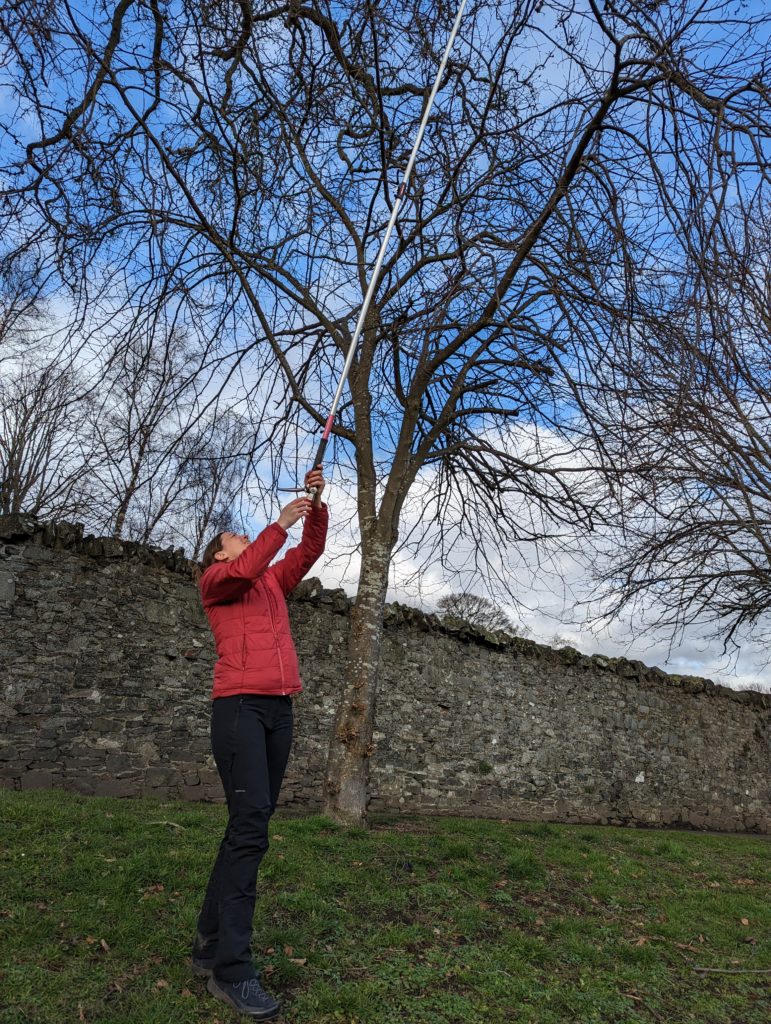
This approach has added advantages as elms are particularly difficult to root from cuttings. If we could easily root cuttings it would be possible to assemble groups of trees that were genetic copies (clones) of survivors and these could be planted as groups to ensure a good mix of genetically different individuals. In time the trees would reproduce naturally and begin to spread to suitable habitats. By facilitating breeding between promising trees, in what is called a controlled cross, we can accelerate the process of recovery and avoid 20 years of waiting for trees grown from cuttings to begin flowering. Also, every seedling has a unique genetic makeup, potentially mixing beneficial traits and creating the basis for ongoing adaptation to disease.
Emma Beckinsale, who coordinates the propagation work on the five tree species included in the NatureScot-funded Scottish Plant Recovery project, explains that “innovation and experimentation is an important part of boosting the number of plants we can produce for translocation back to suitable sites in the countryside. What has been so encouraging to see in the elm pollination work is the speed of results, we only pollinated the trees a matter of weeks ago and we already have hundreds of seedlings. Having shown that we can do this, we can ramp up the pollination work next spring.”
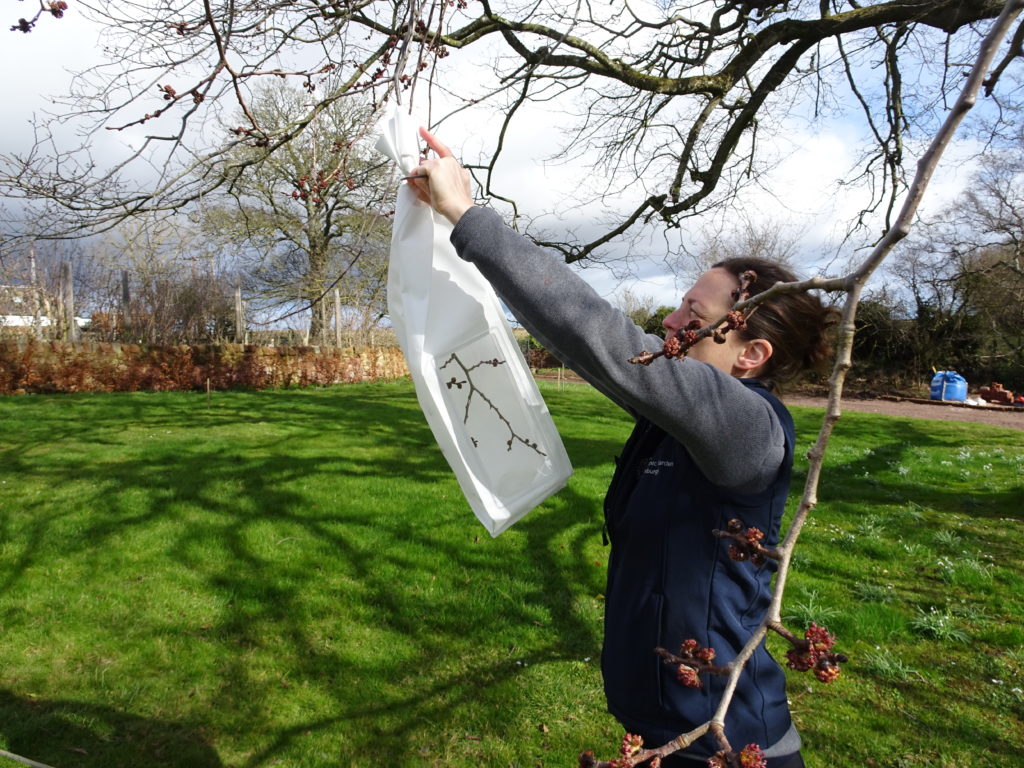
The project is giving elms a helping hand but in the longer run we are simply enabling nature to provide the solution. Natural selection has allowed us to focus on the survivors and we have aided their reproduction to speed up the process of recovery. This is in stark contrast to expensive tree breeding programmes that take decades to deliver a small number of ‘super trees’. Such a limited genetic base is inherently vulnerable as pathogens evolve. Our approach is a ‘nature-based solution’ that works with nature to encourage the development of diversity. In this way we hope that nature will produce a resilient and sustainable population that can recover by itself on land undergoing nature restoration.
One promising home for the next gen elms is the extensive land holding of the Borders Forest Trust in what is now called the Wild Heart of Scotland. So far, almost all of the survivors have been found in the Scottish Borders thanks to collaboration with the Trust and people in the Borders during 2022. Over 20 large elms, with a girth of more than 2m, were confirmed as candidates for propagation as they were growing near to evidence of past disease. The NatureScot funding has enabled the work to move to the next stage.
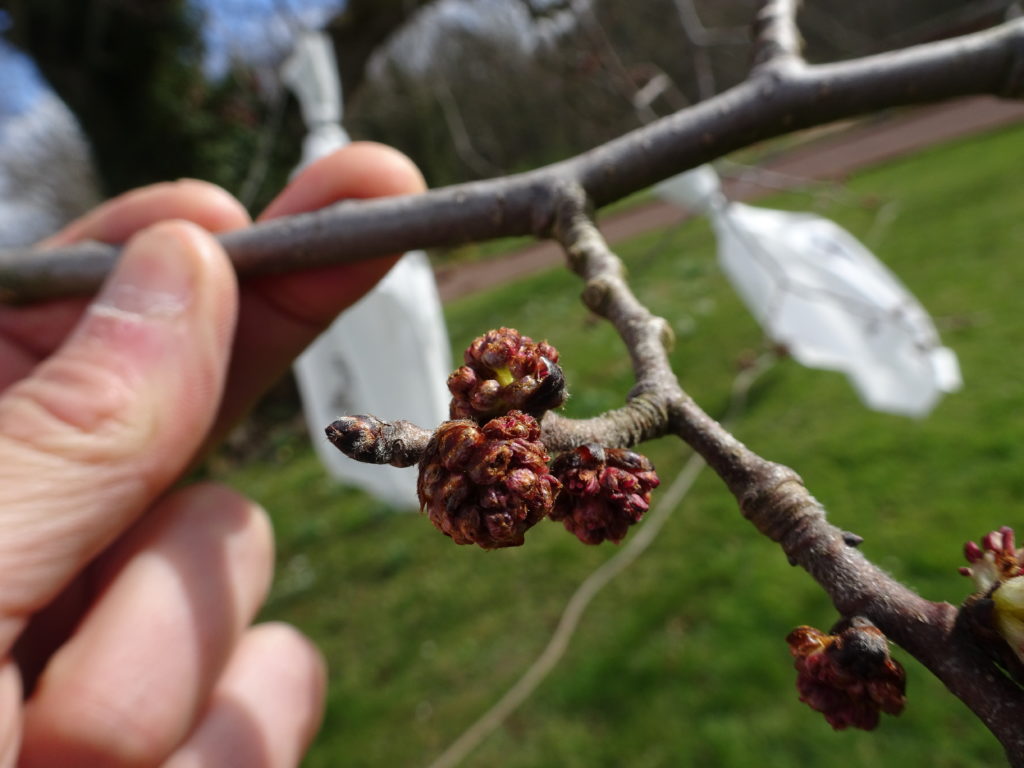
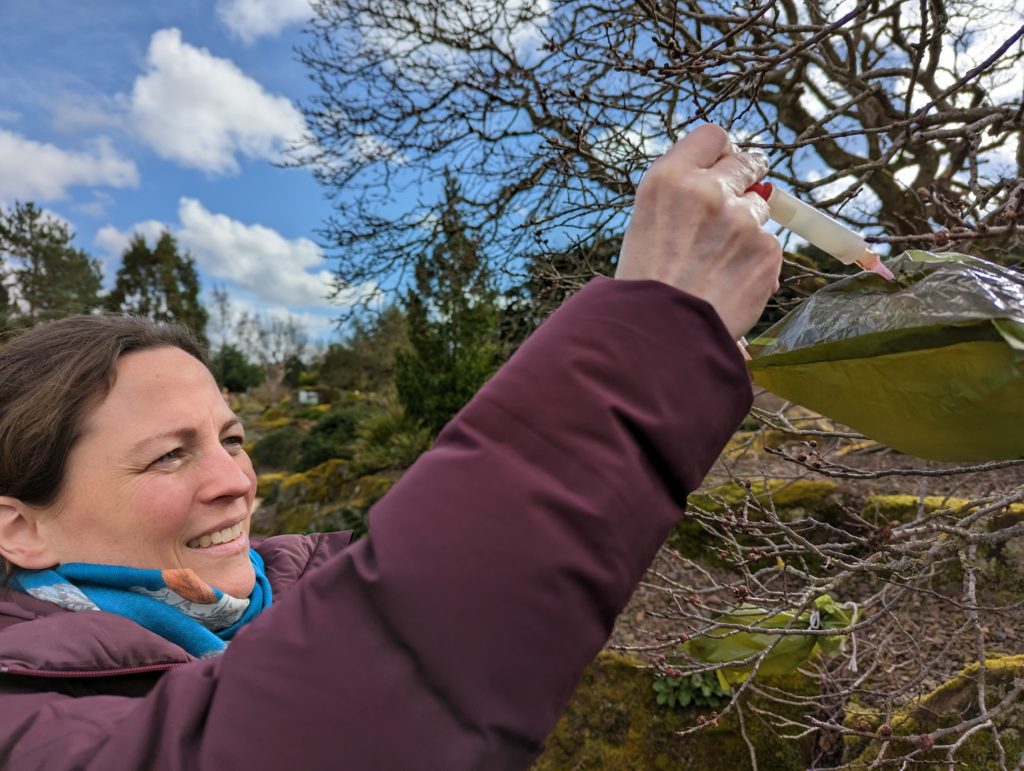
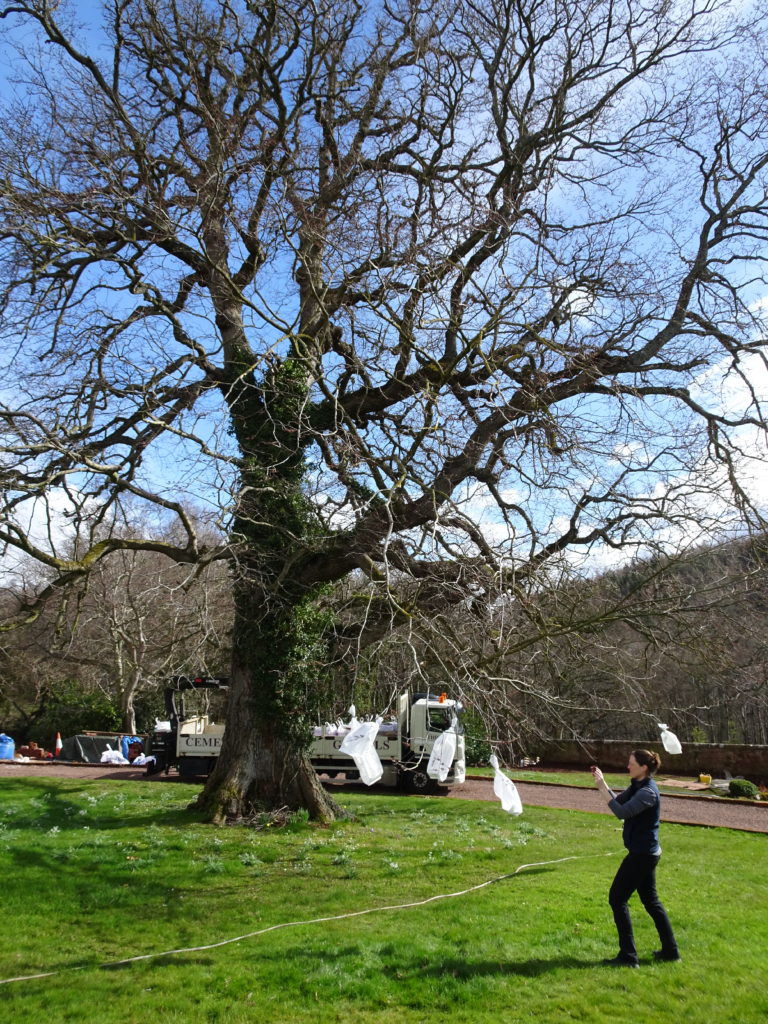
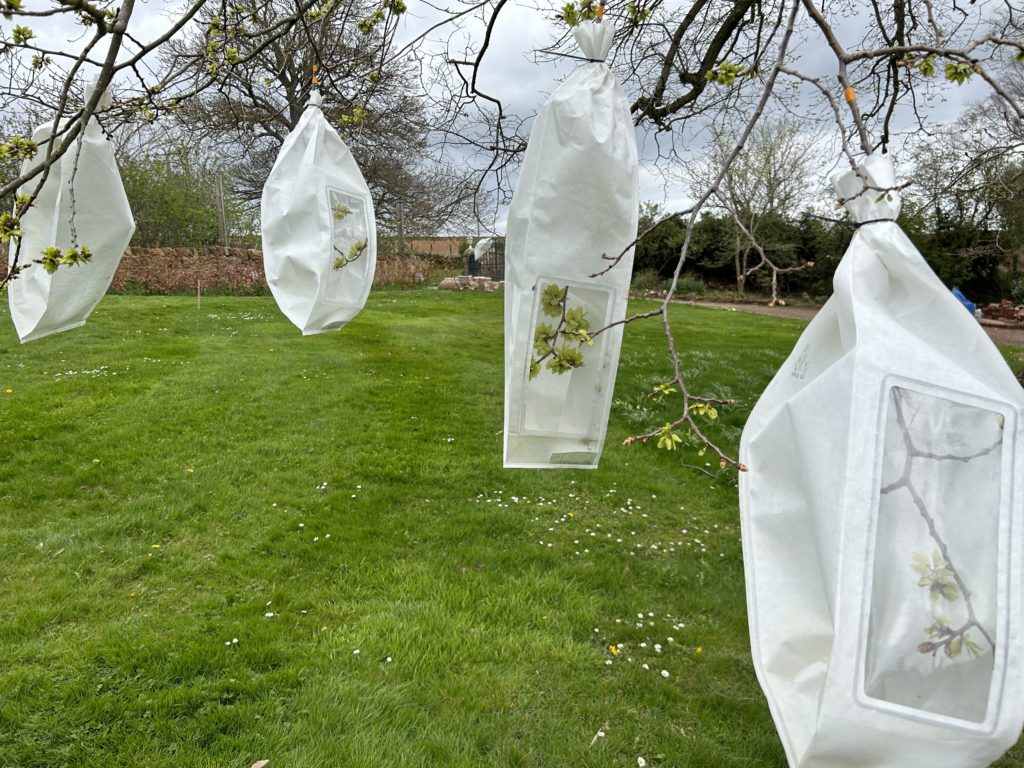
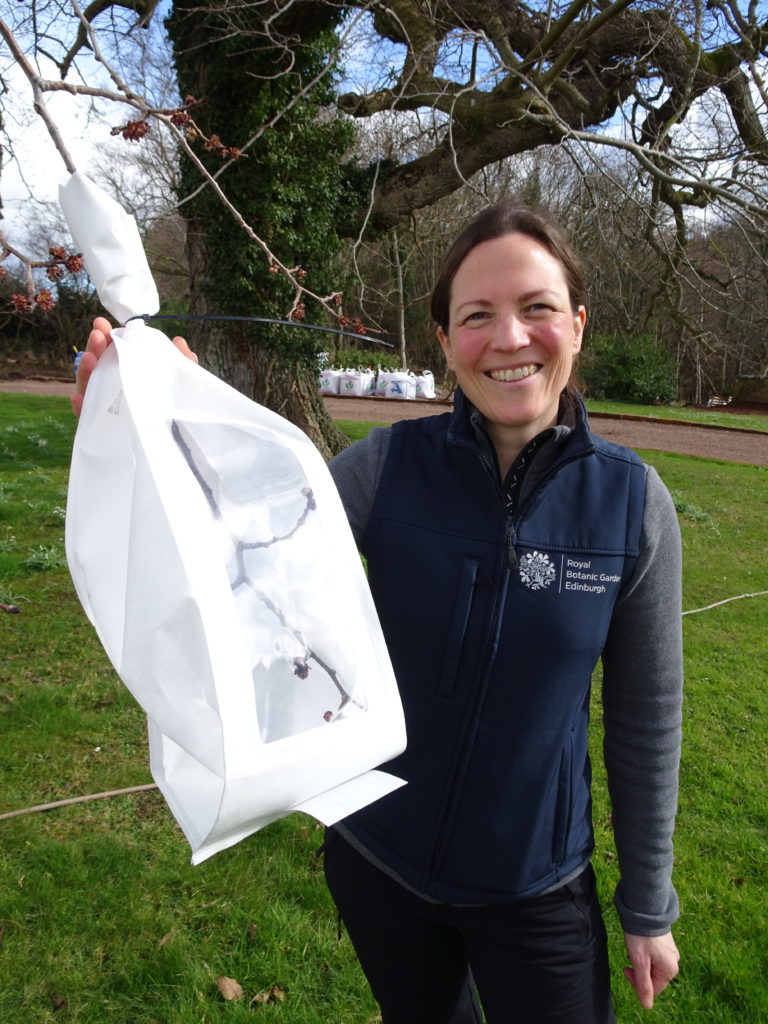


- Twitter @TheBotanics
- Twitter @nature_scot
- Twitter and Facebook @ScotGovNetZero
- Facebook @NatureScot
- #NatureRestorationFund
Scottish Plant Recovery – Restoring Scotland’s plants

Brian Medhurst
Great! Someone in the UK is finally doing something positive regarding our surviving elms. For too long we have sat back and let other countries take the lead in breeding resistant elms. Perhaps you could consider crossing your donor trees with the proven resistant Spanish varieties of U. minor eg Ademuz
Max Coleman
Hi Brian,
Thanks for the comment. The work on elm we are doing is focussed on working with the resilience that appears to exist at a low level in the native population of wych elm in Scotland (also elsewhere in northern Britain). As such, we are not going to be using non-native elms in the work as we want to retain the genetic profile of the native species. We also feel that if the resilience is there in the native population we should work with that. Field elms like the one you mention would be appropriate in England where this non-native elm has been widespread for a very long time indeed.
Max